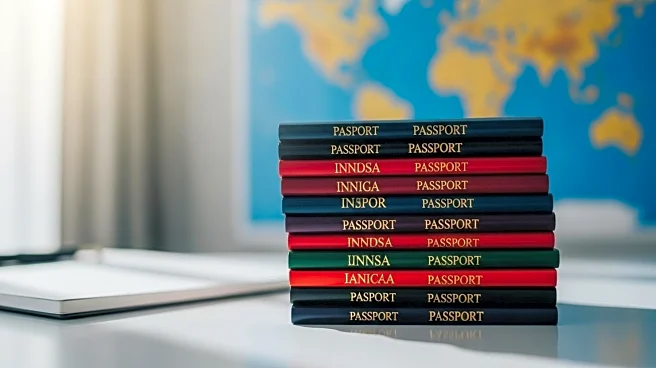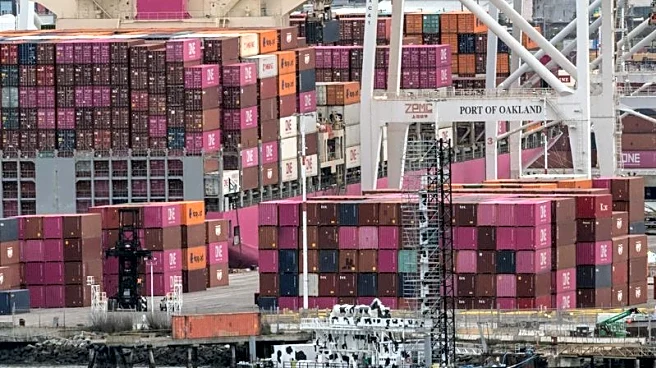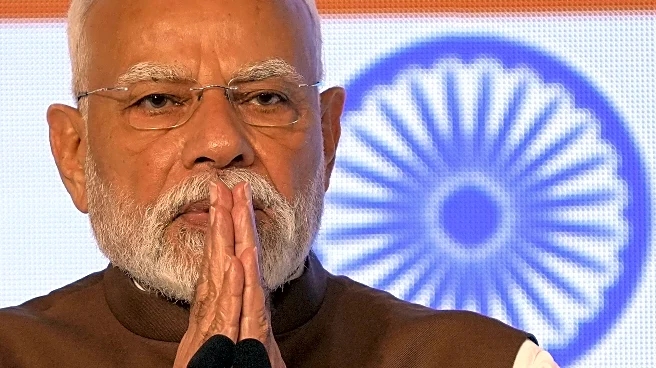What is the story about?
What's Happening?
Recent trends indicate a decline in the enthusiasm of Indian students to pursue education abroad, primarily due to stricter visa policies in countries like the United States, United Kingdom, Canada, and Australia. According to a report, the funds sent by Indian students for overseas education dropped sharply to 138.8 million dollars in June 2025, marking the lowest level in five years. This decline is attributed to the difficulties in obtaining visas, which have discouraged many students from studying abroad. Historically, Indian students have sent an average of 314 million dollars annually for education expenses abroad, with a peak of 718 million dollars in September 2021. The current spending reflects a significant decrease, highlighting a shift in preferences among Indian students.
Why It's Important?
The decline in Indian students studying abroad has broader implications for international education markets and economies that rely on foreign students. Countries like the United States and Canada, which have seen a decrease in funds sent by Indian students, may experience reduced revenue from tuition and related expenses. This trend could lead to a reevaluation of visa policies to attract international students. Conversely, the United Kingdom has benefited from these changes, attracting more Indian students. The shift reflects changing global dynamics and the reassessment of the value and feasibility of overseas education by Indian students, potentially impacting the international education landscape.
What's Next?
Experts suggest that the trend might change in the near future, depending on adjustments in visa policies and international relations. Countries may reconsider their visa restrictions to attract more international students, which could reverse the current decline. Additionally, Indian students may explore alternative destinations or domestic education options, influencing the global education market. The situation remains fluid, with potential changes in policies and student preferences shaping the future of international education.
AI Generated Content
Do you find this article useful?
















